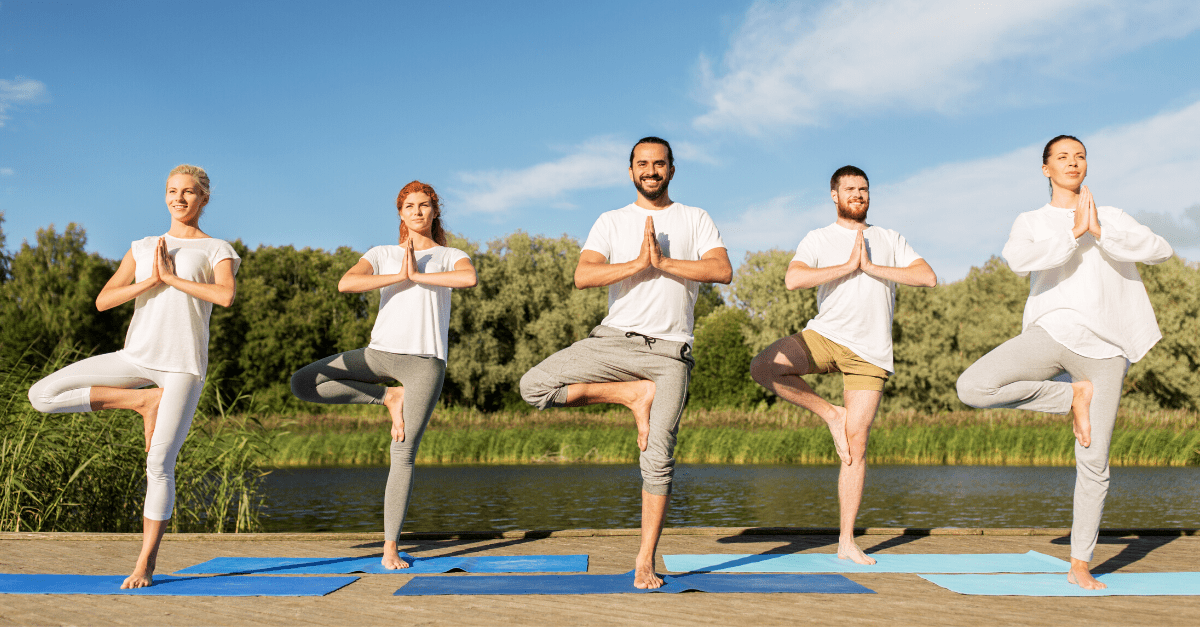COVID-19 2021 Outlook: What Will This Year Look Like?
There has never been a start to a new year in recent memory quite like 2021. As COVID-19 continues to spread throughout communities and countries across the world.
In December, after encouraging results from trials, COVID-19 vaccines from Pfizer-BioNtech and Moderna were approved for distribution and use in countries all around the world. This occasion marked an exciting new chapter in the pandemic—finally, there was a semblance of light at the end of this tunnel and a bright, hopeful start to a new year after a chaotic one like 2020.
Once that the vaccine became available in several countries around the world, the single most important question became ask more and more often: who gets the vaccine first?

Vaccine Availability
Most health authorities agreed that their first rounds of vaccine doses would go to more vulnerable populations of people, including healthcare workers and senior citizens in long-term care homes. The shift into the next phase of vaccine distribution depends on the health authority, but the first phase will generally take place from December until February.
Priority access to the vaccine has been allotted to those who are on the frontlines, or those who are particularly vulnerable to the symptoms and lingering side effects of COVID-19. But many of us who do not fall in these categories, who have been waiting eagerly for a shift back to something resembling normal, are wondering when we can realistically expect to be near the front of the COVID-19 queue. It depends on vaccine rollout, supplies, demand, and countless other factors, but many epidemiologists agree that we can expect the majority of the population to have their vaccinations complete for late summer or early fall this year.
In Canada, Prime Minister Justin Trudeau has stated that a steady supply of vaccines are arriving to the country, despite EU-imposed limitations of exports. Trudeau explained that 230,400 doses of the Moderna vaccine are slated to arrive next week, as per CEO Stéphane Bancel. Ontario's Premier Doug Ford suggested other options as Europe's exports become increasingly uncertain; particularly because Pfizer's plant is located in Michigan, just a few hundred kilometres from the international border crossing between Windsor, ON, Canada and Detroit, MI, United States.
By the end of 2021's first quarter in March, Canada will receive six million doses in total—four million from Pfizer and two million from Moderna. This supply will be enough to completely vaccinate two million Canadians.
READ MORE: Surprisingly Helpful Tools To Face COVID-19 Restrictions

Herd Immunity
So what can small businesses and corporations expect heading into this year? It is still too early to tell what is in store this year with absolute certainty. During a press conference on Monday, January 25, President Joe Biden told reporters that the United States could achieve her immunity by this summer. He estimated that every person who wanted a vaccination could receive it by this spring, and that he aims to have 1.5 people vaccinated per day within the next three weeks.
According to Harvard Health, herd immunity "occurs when enough people become immune to a disease to make its spread unlikely. As a result, the entire community is protected, even those who are not themselves immune. Herd immunity is usually achieved through vaccination, but it can also occur through natural infection."
But the United Nations said that trajectory to herd immunity will likely act out differently. The World Health Organization's chief scientist, instead, said that herd immunity is unlikely this year, noting the infectiousness of COVID-19 means that the amount of people in our population who are vaccinated might need to be higher than the typical amount to achieve herd immunity. Dr. Soumya Swaminathan warned that countries receiving vaccines still need to practice social distancing and wearing masks to prevent community outbreaks.
A Canadian study which reviewed over 33,000 blood donations showed that 1.5 per cent of Canadian adults sampled had COVID-19 antibodies, showing that they have been at least exposed to the virus. But that number grew in the West—three times higher in British Columbia and Alberta, and five times higher in Saskatchewan and Manitoba. However, epidemiologist Dr. Catherine Hankins—co-chair of the COVID-19 Immunity Task Force—said that these numbers are still quite low overall and show that Canada is still a long way off from building herd immunity.
READ MORE: Get Involved With The Community During The COVID-19 Outbreak

The Future of the Fitness Industry
Each state, province, and health jurisdiction has faired through COVID-19 with a unique set of challenges, so it makes sense that each jurisdiction has also seen different timelines for reopening and closing businesses for the sake of public safety. In California—leading COVID-19 cases in the United States with over 3 million cases as of the end of January 2021—stay-at-home orders have been lifted in response to improving conditions and dropping hospitalization rates, according to Governor Gavin Newsom.
Even as things appear to become safer, the entire fitness industry as a whole has shifted to remote and virtual settings for working out. Fitness instructors have seen success in hosting digital classes for their students to follow along to, and fitness equipment has been hard to keep on shelves as people build home gyms. According to ISPO, some of the biggest trends in fitness in 2021 will be influenced by the pandemic, no doubt:
- Higher standards of hygiene: more sanitization stations, accessible hand washing, anti-viral wipes
- Online apps gaining momentum: connecting with members on a digital level
- Outdoor fitness classes: better ventilation, when weather permitting
- Health education: promoting corporate fitness as a way to boost the immune system
READ MORE: Stopping The Spread Of Germs In Your Facility
The variety of options and flexibility to provide more than one solution isn't just good news for business owners. It's also good news for clients and members to give more space inside for members who go to a gym space to work out, and more reassurance for members who want to follow along at home.
It's tough to say right now what this year brings, other than many more months of social distancing and mask-wearing. Despite a hard hit to small businesses this year, many have worked hard to find alternative ways to meet their members needs. Read more about how one martial arts school owner even managed to open a second location during the pandemic.




